10 GPTs for Language Conversion Powered by AI for Free of 2025
AI GPTs for Language Conversion are advanced computational models designed to facilitate, enhance, and streamline the process of translating or converting languages through the power of Generative Pre-trained Transformers (GPTs). These tools leverage the vast learning capabilities of GPTs to understand, interpret, and generate text across multiple languages, making them highly relevant for tasks that require accurate and context-aware language translation. By integrating cutting-edge AI, these tools offer tailored solutions that address the nuanced demands of language conversion, from simple translations to complex linguistic tasks.
Top 10 GPTs for Language Conversion are: 学术论文翻译,科技论文翻译助手,Redator do Recorte Lírico,Code Converter,EN- CN (Traditionl) Lengthy article translator,Global Face,Academic Translator Pro,Excel to TMX Converter,Formal Japanese Converter,Academic Translator
学术论文翻译
Translating Scholarship into Understanding
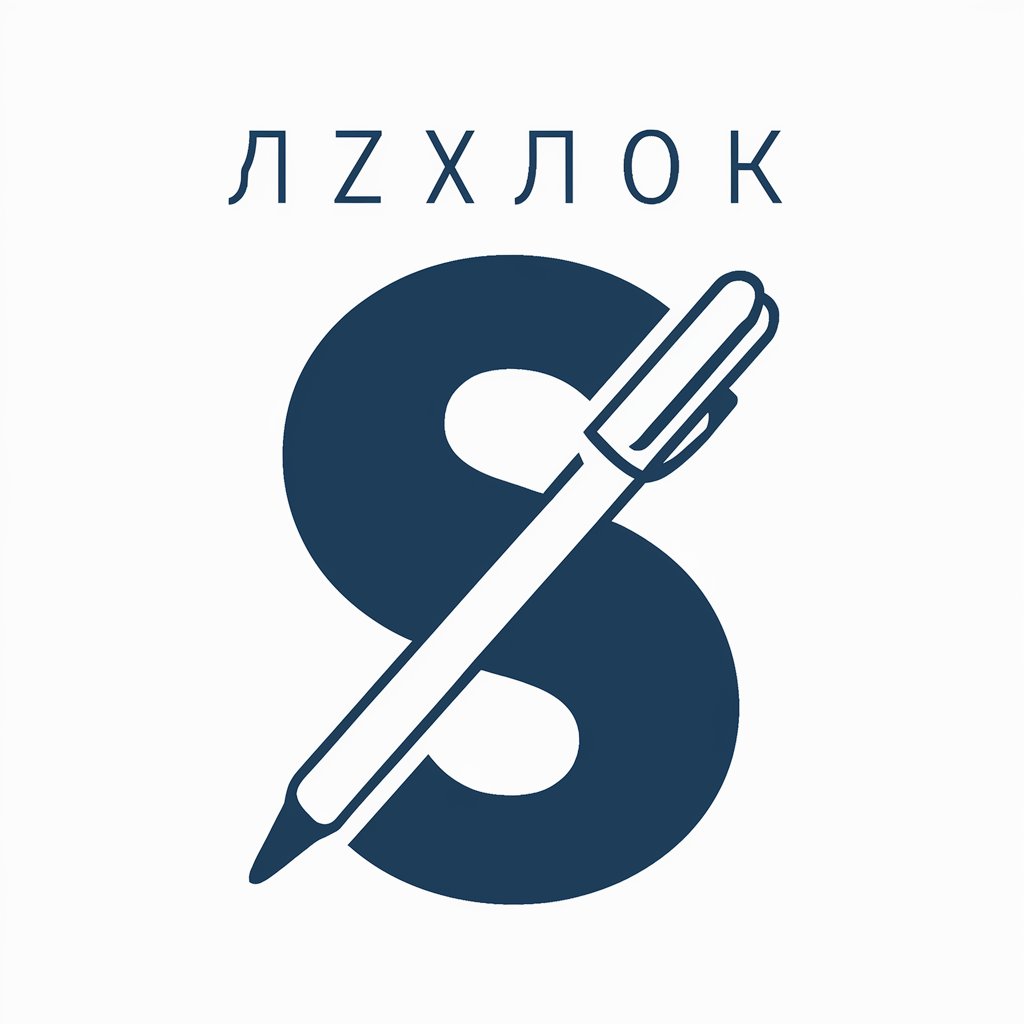
科技论文翻译助手
Translating Science, Enhancing Understanding
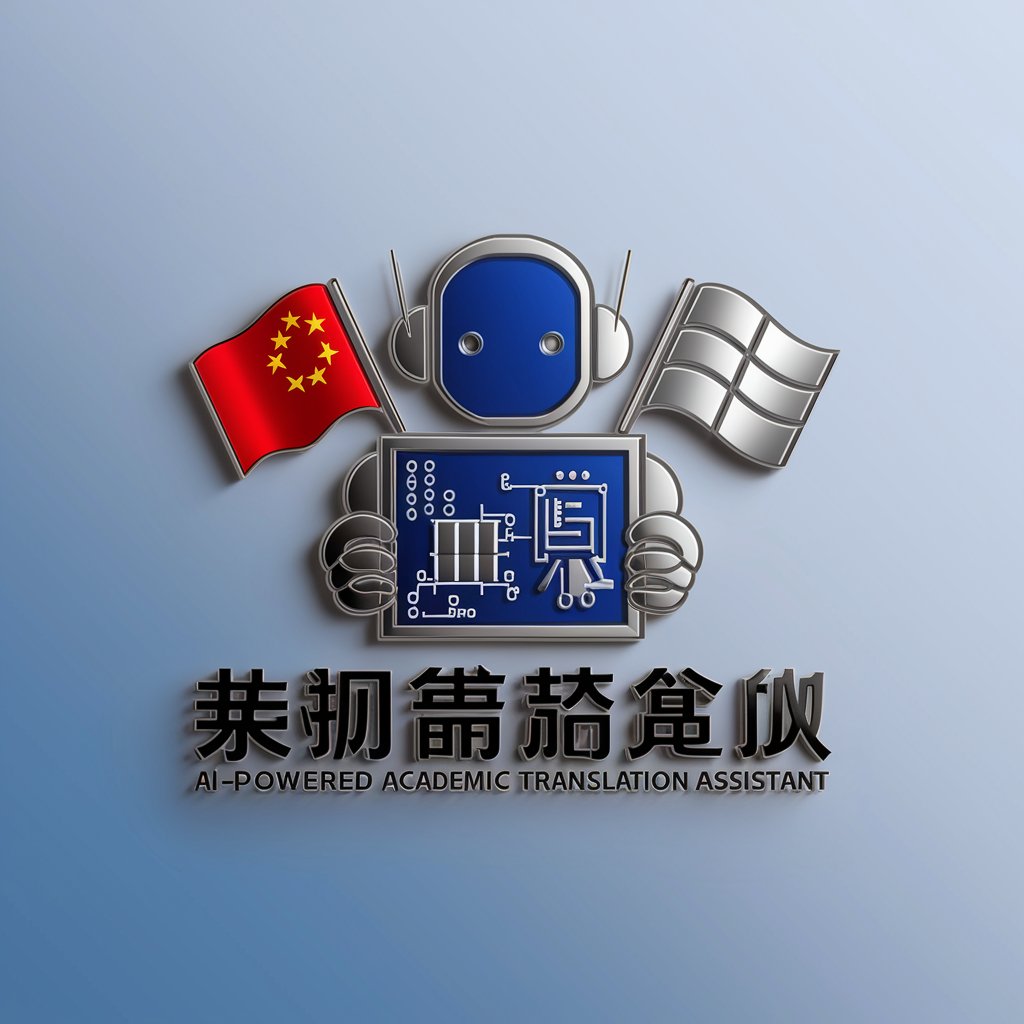
Redator do Recorte Lírico
Revolutionize Your Content with AI

Code Converter
Transforming Code Across Languages with AI
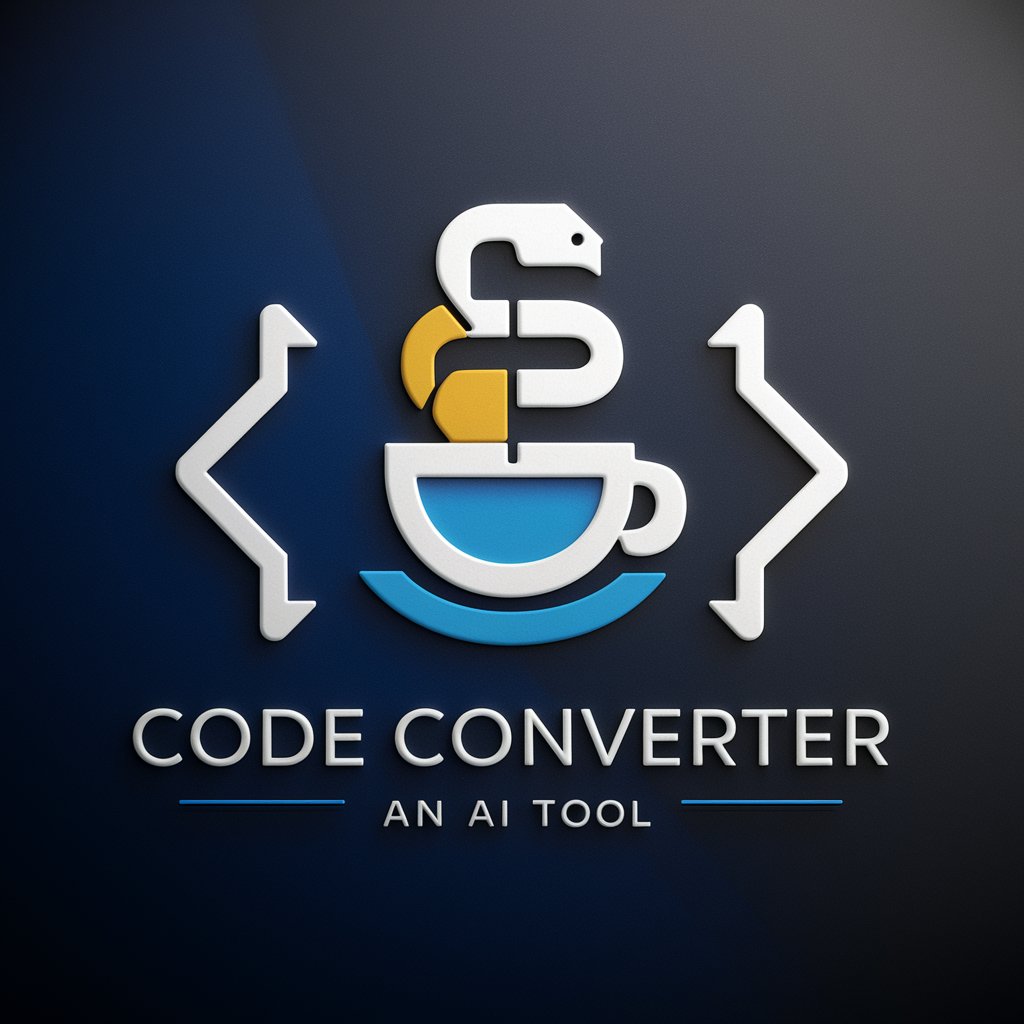
EN- CN (Traditionl) Lengthy article translator
Unlock Seamless Translation with AI Power
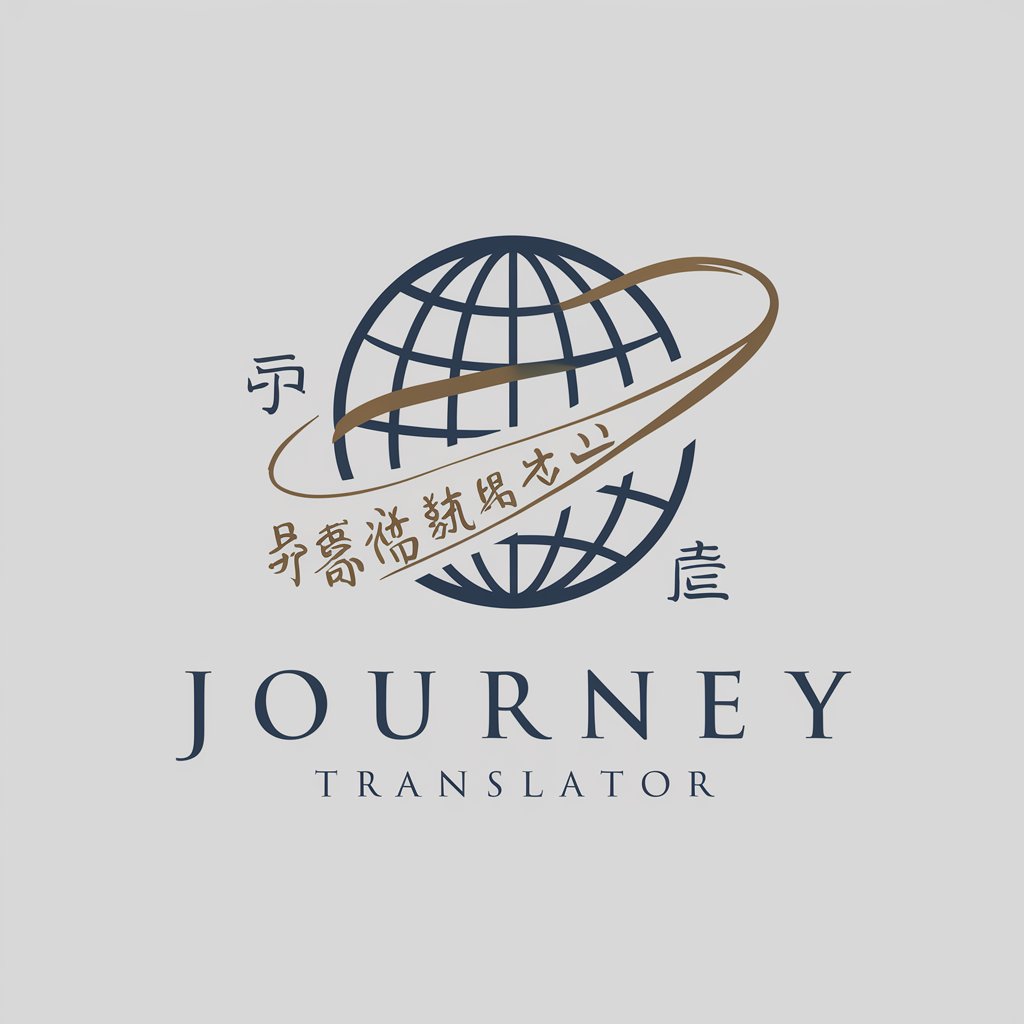
Global Face
Elevate Your Resume with AI

Academic Translator Pro
Precision in Academic Translation
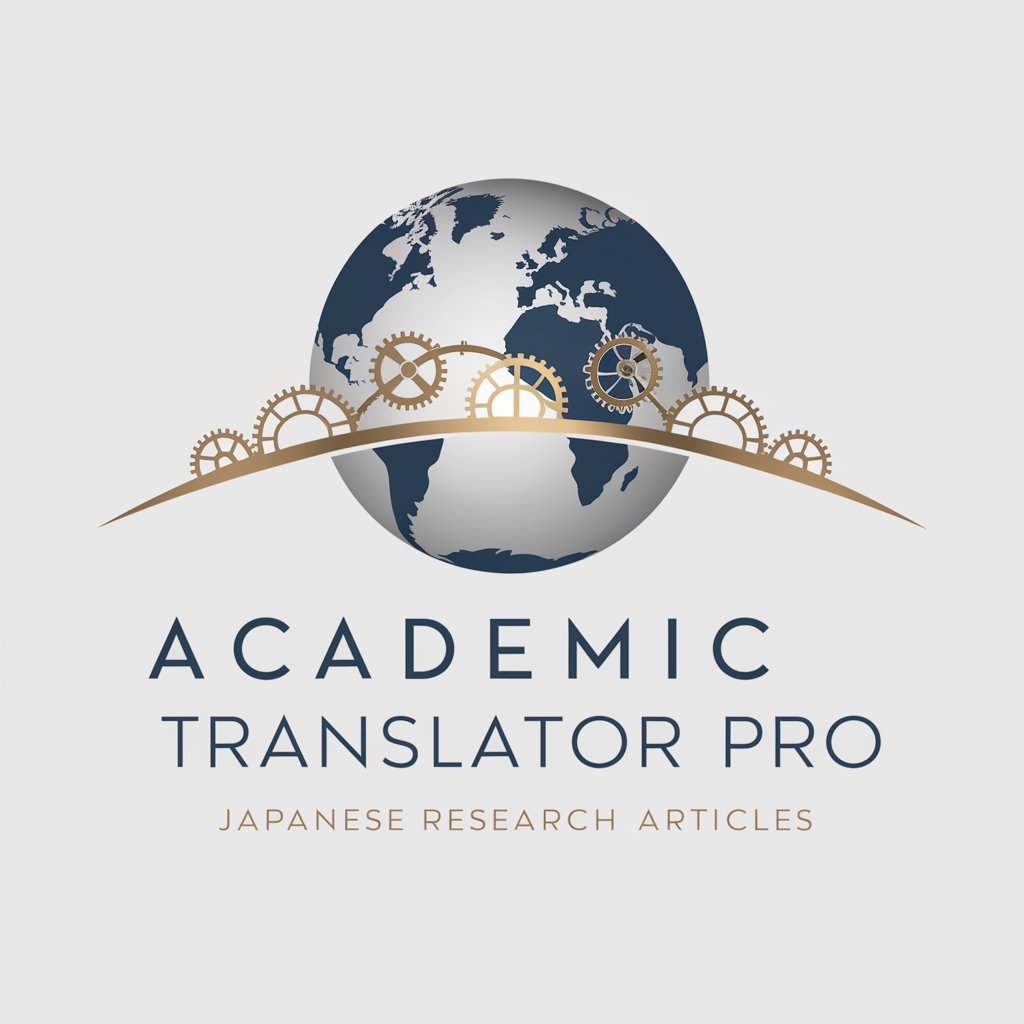
Excel to TMX Converter
Streamlining multilingual content conversion with AI

Formal Japanese Converter
Transform texts with AI-powered formality.

Academic Translator
Power your research with AI-driven translations.
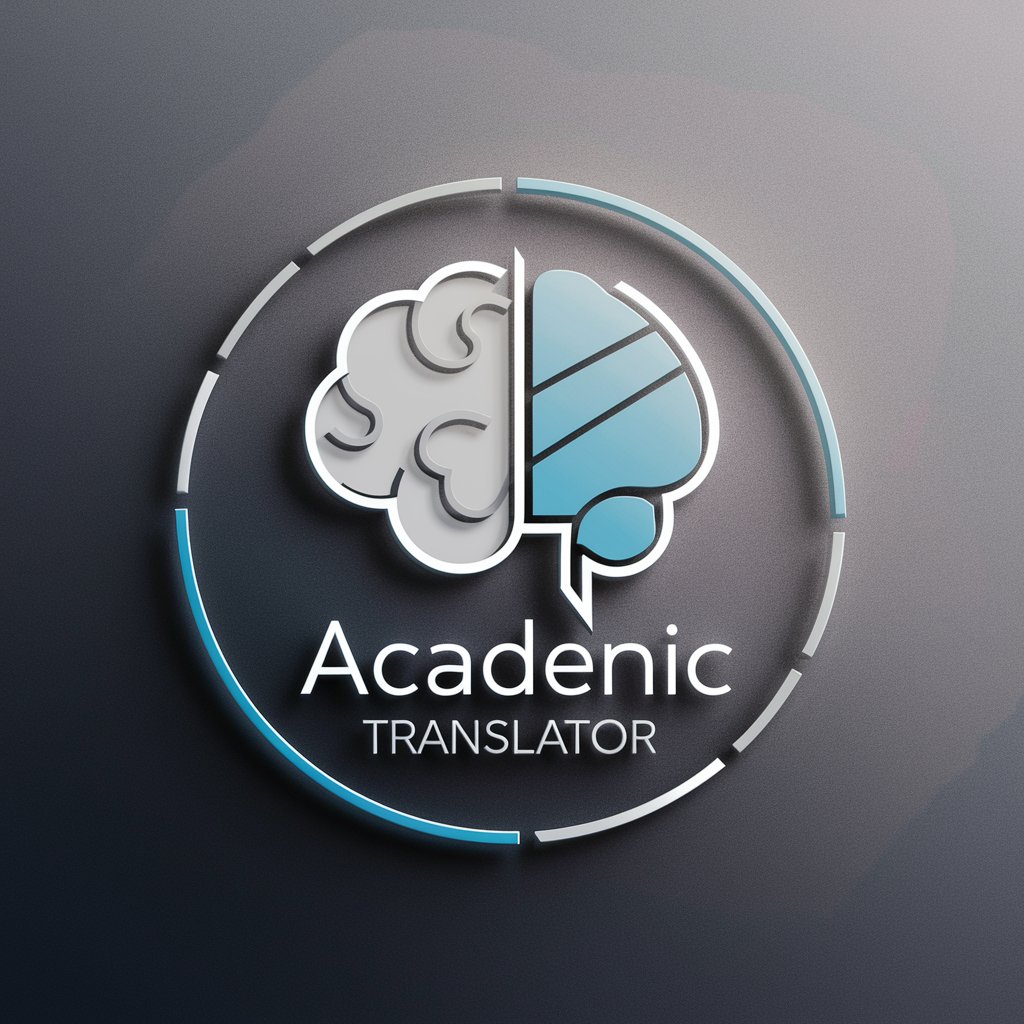
Key Attributes of Language Conversion AI
AI GPTs for Language Conversion boast a range of unique features, including high adaptability to various linguistic tasks, from basic translations to complex contextual understanding and generation. These tools are equipped with capabilities for continuous learning, allowing them to improve their language models over time. Special features include support for multiple languages, the ability to understand idiomatic expressions, cultural nuances, and technical jargon, as well as functionalities for web searching, image creation related to language content, and comprehensive data analysis to enhance language learning and conversion processes.
Who Benefits from Language Conversion AI
AI GPTs tools for Language Conversion are designed to cater to a wide range of users, including language learners, educators, developers, and professionals working in the field of linguistics and translation. They are accessible to novices without coding skills through user-friendly interfaces, while offering extensive customization options for users with programming expertise. This broad accessibility ensures that anyone looking to overcome language barriers or enhance language-related projects can benefit from these advanced tools.
Try Our other AI GPTs tools for Free
Scripting Automation
Discover how AI GPTs for Scripting Automation can streamline your scripting tasks with advanced code generation, optimization, and natural language processing.
Role-Playing
Explore how AI GPTs transform role-playing with dynamic storytelling and immersive narratives, making them essential tools for creators and players alike.
Audience Understanding
Discover AI-powered tools for in-depth audience understanding, designed to refine marketing strategies and boost engagement through tailored insights.
Educational Scenarios
Discover how AI GPTs for Educational Scenarios revolutionize learning and teaching with personalized content, interactive support, and seamless integration into digital platforms.
Order Management
Discover how AI GPTs revolutionize Order Management with automation, predictive analytics, and customizable solutions for businesses of all sizes.
Daily Horoscope
Discover the power of AI GPTs in astrology – tailored, user-friendly tools for personalized horoscopes and in-depth astrological insights.
Expanding Horizons with Language Conversion AI
AI GPTs for Language Conversion are revolutionizing how we approach language barriers, offering customized solutions across different sectors. With user-friendly interfaces, these tools are not just for linguists but anyone looking to bridge language gaps. They also open up possibilities for integrating advanced language processing capabilities into diverse applications, enhancing global communication and understanding.
Frequently Asked Questions
What exactly does AI GPT for Language Conversion do?
AI GPT for Language Conversion utilizes advanced algorithms to translate text from one language to another, understand and generate natural language, and provide contextual translations, ensuring high levels of accuracy and cultural relevance.
Is coding knowledge required to use these tools?
No, coding knowledge is not required for basic use, thanks to intuitive interfaces. However, programming skills can unlock advanced customization and integration capabilities.
Can these tools handle technical or professional language?
Yes, these GPTs are designed to understand and accurately translate technical jargon and professional language across various fields, adapting to the specific context and terminology.
How does AI GPT for Language Conversion improve over time?
These tools use machine learning to continuously refine their models based on new data, user feedback, and linguistic research, enhancing their accuracy and adaptability.
Are these tools capable of understanding cultural nuances in language?
Yes, they are equipped to recognize and appropriately translate idiomatic expressions, cultural references, and nuances, ensuring translations are not only accurate but also culturally relevant.
Can I integrate these tools into my existing software or platform?
Yes, many AI GPTs for Language Conversion offer APIs or other integration methods, allowing for seamless incorporation into existing systems or workflows.
Do these tools support all languages?
While they cover a wide range of languages, coverage may vary. It's advisable to check the specific tool's capabilities for less common languages.
What are the limitations of AI GPTs for Language Conversion?
Limitations may include challenges with extremely rare languages, potential biases in training data, and the need for continuous updates to keep up with evolving language use.